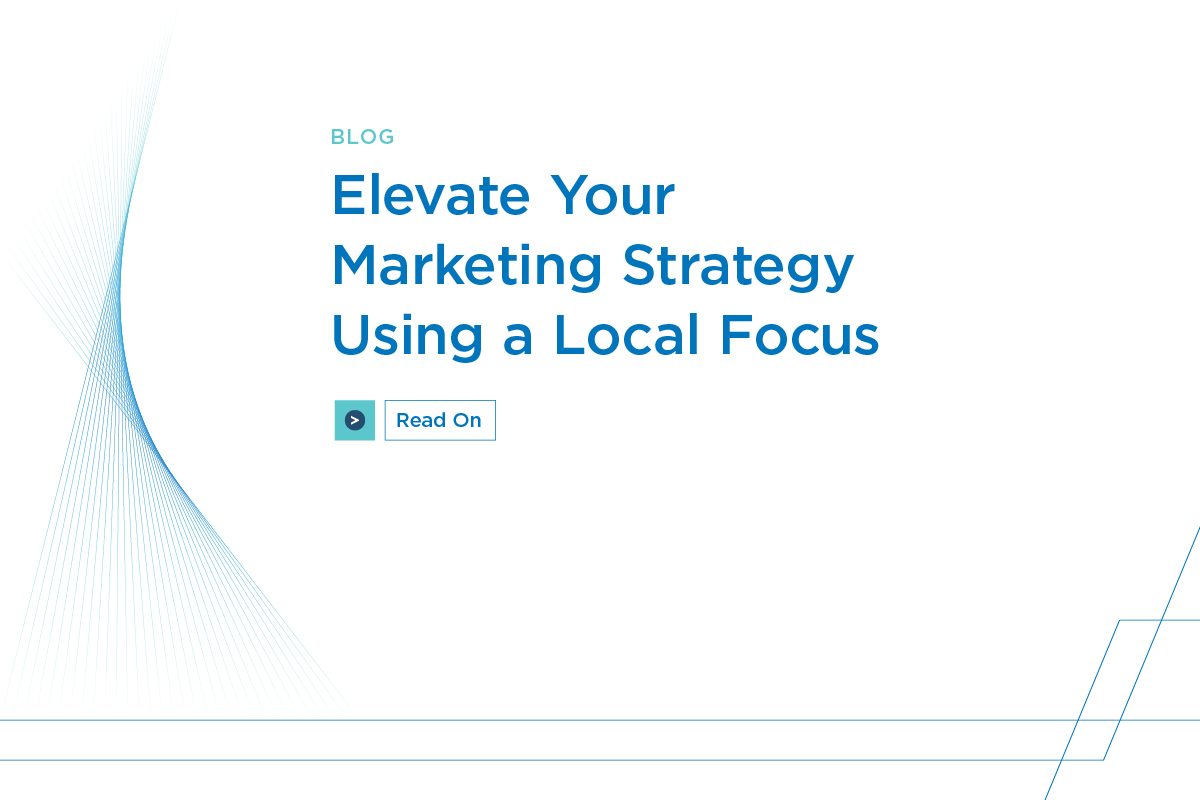Consumers outside the financial mainstream are changing the face of personal finance. They’re less likely to use traditional banking methods, but instead rely on financial services that emphasize convenience and are powered by technology.
Part of this group of unbanked and under-banked consumers is made up of millennials with a preference for digital financial services. But our focus is on attracting the significant number of low- to moderate-income (LMI) households who rely on services outside of the banking system to conduct basic daily financial transactions.
While financial technology companies are aggressively courting many of these consumers, financial institutions can find ways to get on the playing field with specially tailored products to meet their credit and banking needs.
And the requirements of the Community Reinvestment Act (CRA) make acquiring more customers in the LMI segment an even higher priority for financial institutions.
With a mandate to invest in banking services in underserved communities, it makes sense to consider cost-effective acquisition solutions that let you reach these unbanked and under-banked consumers, while also helping meet your CRA compliance goals.
At last count an estimated seven percent of US households have no relationship with a bank. An additional 19.9 percent of US households are under-banked, using services outside of the banking system like payday lenders, check cashing firms or payroll cards in addition to having a bank account.
Consumers who are out of the financial services mainstream are more likely to be from lower income households and have less education, according to the FDIC. Their number one reason for not having a bank account is “not having enough money,” although a perceived lack of privacy and security, as well as fees, were also cited as issues.
More than half of unbanked households surveyed told the FDIC that they believed banks had no interest in serving them.
Bridging this gap means providing products that are tailored to the convenience and needs of LMI neighborhoods and individuals.
But how can banks effectively market these unique products?
To match product to prospect, acquisition solutions can help financial institutions deploy segmentation tools that accurately identify neighborhoods based on median income and percentage of population below the poverty line, on public assistance and unbanked. Banks can target prospects at the postal carrier-route level and deliver low-cost direct mail.
Getting LMI households into the financial mainstream – again or for the first time – can be the first step to building long-term banking relationships, while also helping your bank achieve the CRA objective of meeting the specific credit needs of the LMI population.
> Ready to accelerate acquisitions? Click here to grab the free guide: “7 Types of Household Acquisition Campaigns to Consider.”



